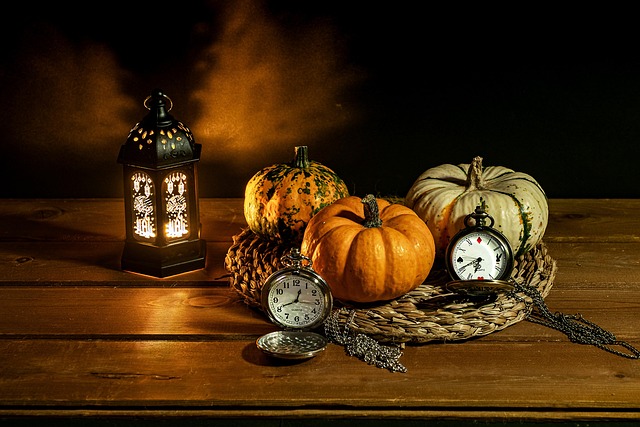Mastering Depth: Exploring Blurriness in Composition
In the world of visual arts, the term blurriness often conjures mixed feelings. For some, it may evoke a sense of distortion or imperfection, while for others, it represents a powerful tool for emotional expression and storytelling. In this blog post, we’ll dive into the depths of composition and explore how embracing blurriness can enhance your artistic projects, inviting viewers into a more nuanced and layered experience.
The Emotional Power of Blurriness
Blurriness holds a unique place in the realm of composition. It can convey movement, a fleeting moment, or the ephemeral nature of memory. Think about that soft-focused photograph of a loved one, where the details fade softly into the background. This blurriness invites the viewer to focus on emotion rather than the rigidity of clarity. It opens up a space for interpretation, where each person can project their feelings and experiences onto the image.
Creating Layers with Depth
When composing an image, blurriness can serve as a dynamic element that adds layers of depth. By purposefully incorporating out-of-focus areas, you can guide the viewer’s eye towards the sharper elements of the piece. This conscious manipulation of focus draws attention to key aspects of your work, layering meaning beneath the surface.
Consider a landscape photograph where the foreground is sharp, capturing intricate details of a blooming flower, while the background fades into a gentle blur of trees or mountains. This technique not only establishes depth but also invites the viewer to feel the vastness of the experience, as if they are standing there, enveloped in the scene.
Techniques to Embrace Blurriness
To effectively integrate blurriness into your compositions, you might explore various techniques:
- Selective Focus: Use a wide aperture to create a shallow depth of field, focusing sharply on your subject while allowing the surroundings to blur blissfully.
- Motion Blur: Capture movement by using slow shutter speeds, transforming ordinary scenes into dreamy impressions filled with energy and life.
- Double Exposure: Create layers by blending two or more images. Allow part of the composition to softly blend into the other, imparting an ethereal quality that sparks curiosity.
Each of these techniques offers a pathway to tap into blurriness as a form of expression. The key lies in finding balance; too much may confuse the viewer while too little can miss the opportunity to evoke emotion.
Blurriness Beyond the Visual
While we often think of blurriness in terms of images and visuals, it’s also essential to consider its metaphorical implications in our artistic journeys. Just as shadows can enhance the brilliance of light, blurriness can deepen the impact of clear moments in our work. It is a reminder that not everything in life is meant to be perfectly in focus, and that allowing for a bit of ambiguity can lead to richer, more meaningful experiences.
By incorporating blurriness into your compositions, you create a bridge between clarity and mystery, inviting viewers to engage more deeply with your work. So the next time you pick up your camera or sit down to paint, remember that embracing the blurred edges can lead to mastery over the depths of your creative expression.



